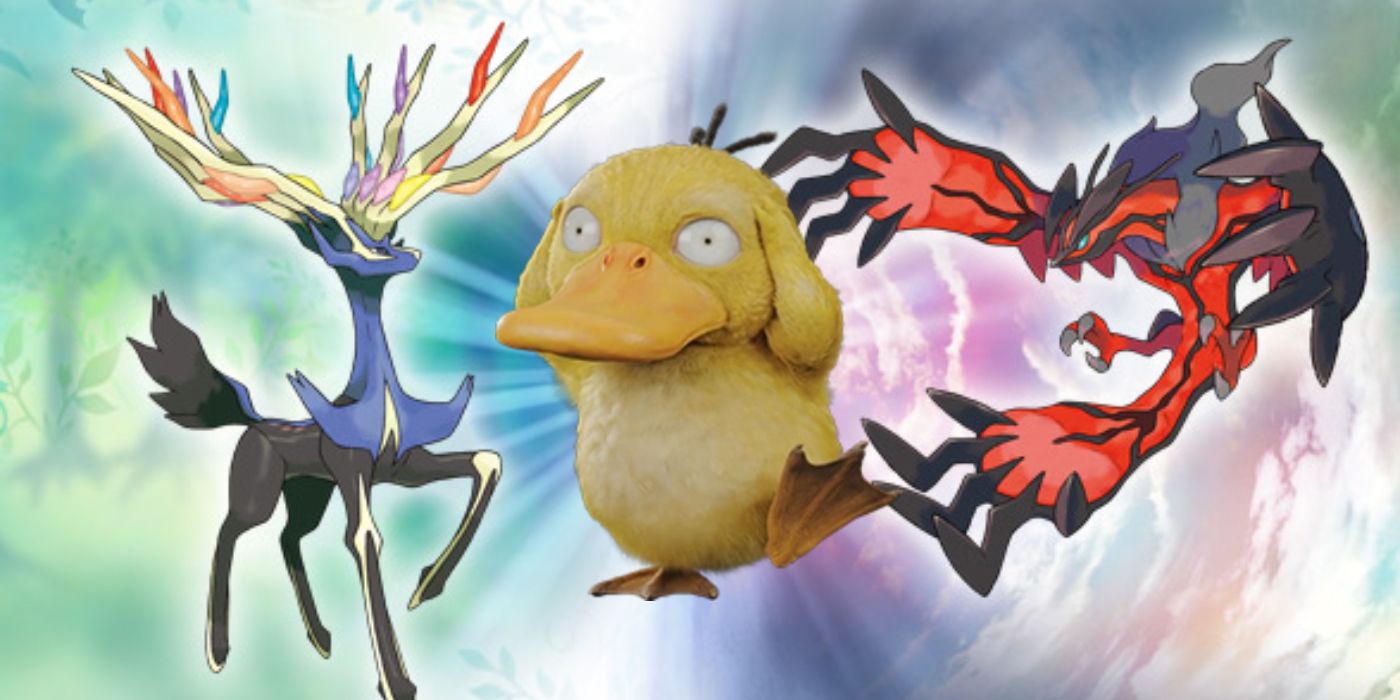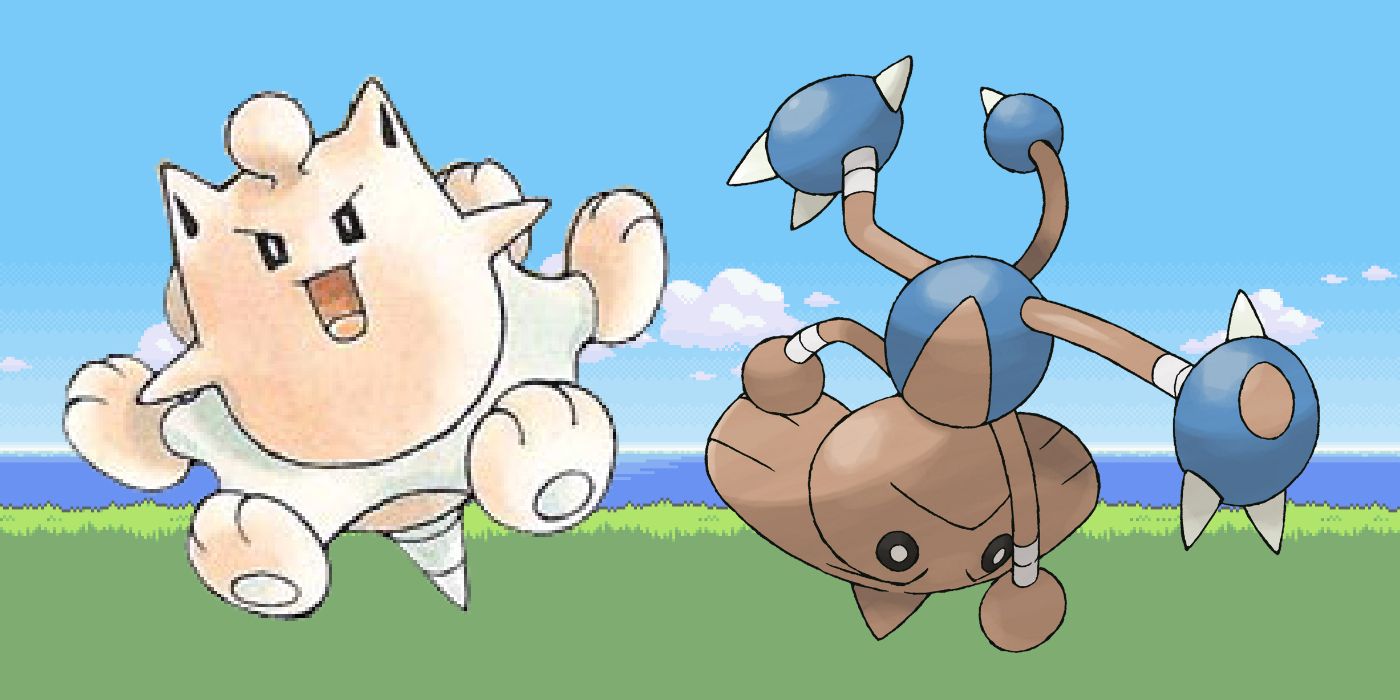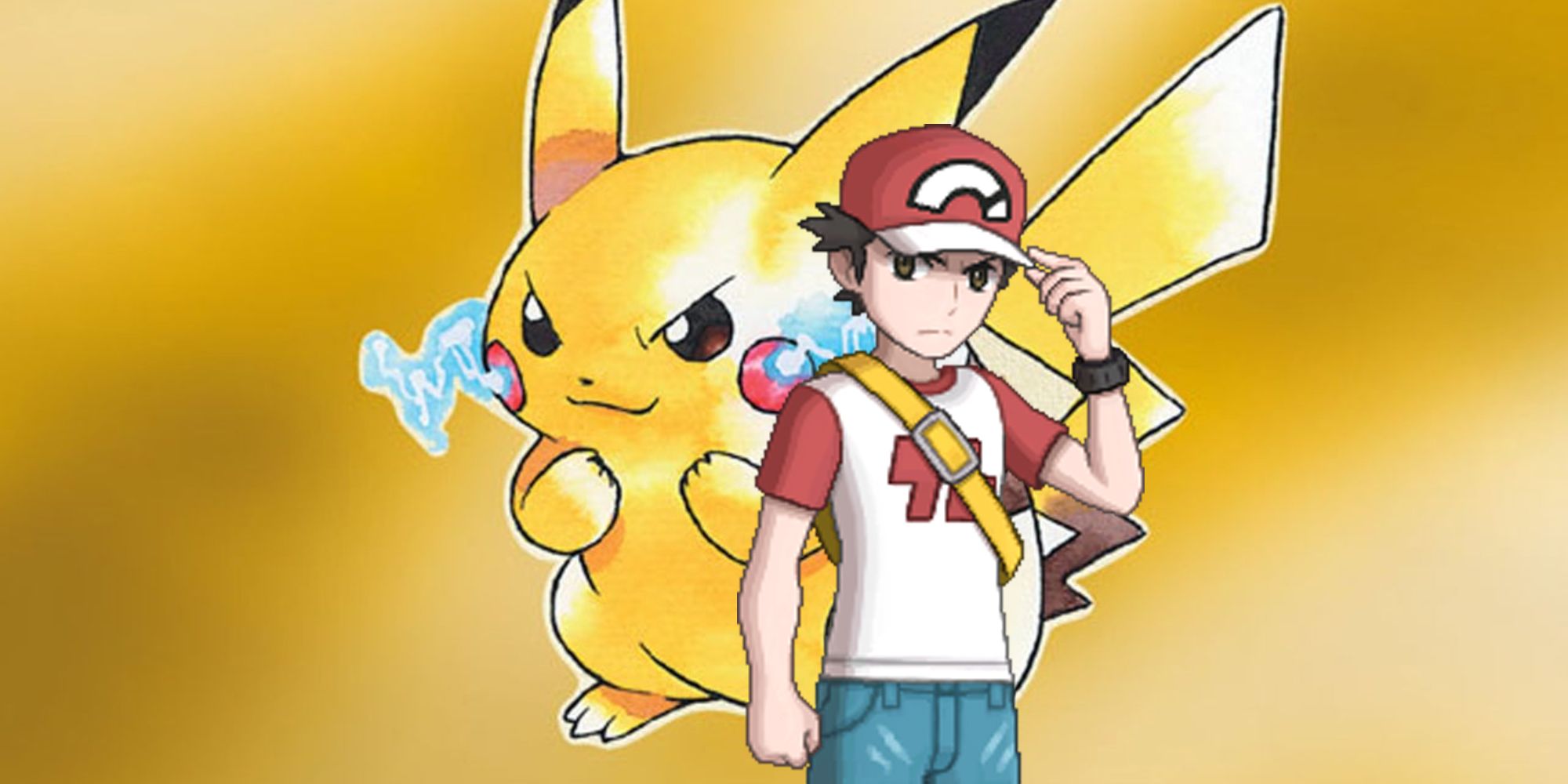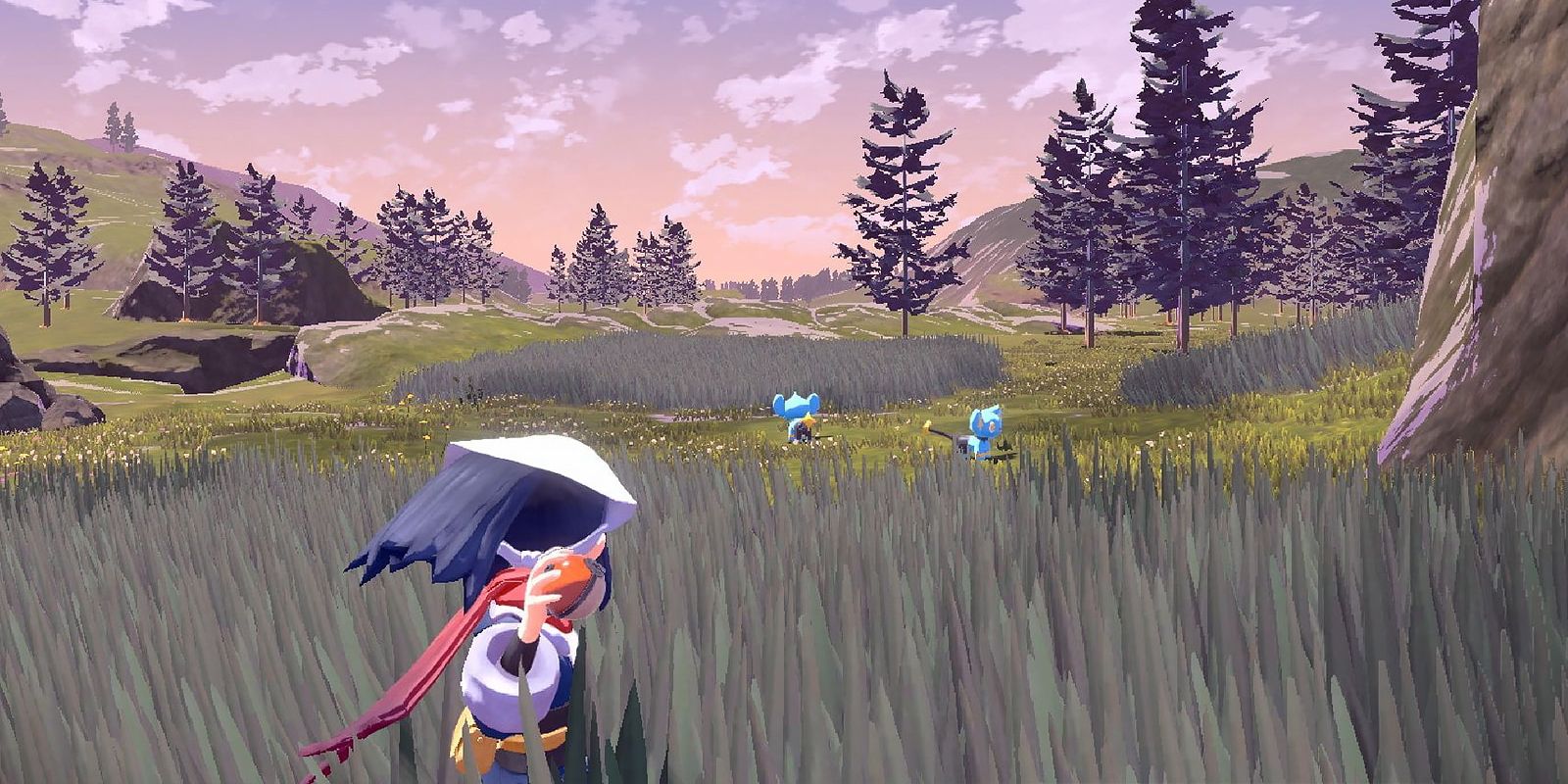The reception of Pokémon Scarlet and Violet has proven the shift from 2D to 3D was a mistake. When Game Freak made the change with Pokémon X and Y in 2013, it seemed the natural choice for the developer to make: Pokémon was moving to the 3DS and needed evolve to take advantage of the new hardware. However, main series releases since then have not experienced the warm fan reception Pokémon is used to. One can pin this on the series growing stale, Pokémon designs getting worse, or any number of factors, but the change to 3D could be the true crux of the problem.
At a fundamental level, the Pokémon games are built to be 2D. The encounter systems, battle mechanics, and Pokémon designs were initially created to exist in 2D environments, and adapting them into 3D has proven to not be as simple as copy and pasting like Game Freak has done. In fact, since Pokémon X and Y were released, the change to 3D has been accompanied by alterations to longstanding features of the series that only worked in 2D, such as battle animations and interactions with Pokémon in the overworld. And as more of these features are altered to make Pokémon’s new 3D regions more compelling, the series loses more of its identity - what made it appealing in the first place.
Pokémon (& Game Freak's Approach) Are Fundamentally 2D
The big problem with Pokemon's 3D art style is that Game Freak's design philosophy is fundamentally 2D. The game studio that has developed other Nintendo series such as Wario and Yoshi in the past has rarely made 3D games outside of Pokémon. Three out of its last four non-Pokémon games have been 2D side-scrollers, and the single 3D title (Little Town Hero) was the worst received out of the four.
Pokémon Director Junichi Masuda reiterated the importance of 2D design for the series and Game Freak when defending Pokémon's 2D art style in 2009. In an interview with Gamasutra (qtd. in Game Developer), Masuda stated, "When you look at 2D, it's like a picture. You look at the picture, and it has some flavor to it. 3D, yes, you can make the object very realistic, but 2D is something you can put flavor into. That's what we love about 2D." Game Freak's design philosophy seems to understand and favor 2D design over 3D, and this philosophy has been baked into the Pokémon series.
This becomes most apparent when looking at how 2D design approaches have been poorly integrated in 3D Pokémon games. A good example would be the infamous Pokémon Scarlet and Violet eating animation. As shown in YouTuber PhilUP Clips' video, the animation starts with a trainer swallowing a sandwich whole before further munching on it with random Pokémon in the background. As Masuda pointed out, the appeal of 3D design is that it can be more realistic.
However, Game Freak has no interest in appealing to realism with this eating animation. It instead created something cartoonish that would only work in 2D. The image of the sandwich being swallowed whole highlights this point, as it is a long-running visual gag in 2D cartoons like Scooby-Doo, Where are You!
Pokémon 2D Designs Look Better Than 3D Models
Masuda was also right when he said 2D designs have more flavor than 3D ones. This becomes apparent when looking at a pocket monster like Hitmontop. The concept for Hitmontop is that it is a spinning top rotating on its head. Between Gen 2 and Gen 5 of the Pokémon series, Hitmontop's design reflected this, as it would be shown balancing on its head.
What's more, rather than animating the design to spin, the image of Hitmontop was drawn to suggest it was always rotating, in turn giving the pocket monster more character. However, since Gen 6, Game Freak has had to design Hitmontop to stand on its feet because the pocket monster would have to constantly spin to stay balanced on its head, and such a design would be less appealing in animated 3D versus static 2D.
The difficulties of 3D animation have introduced other problems for the designs of Pokémon. Namely, Pokémon appear much rounder now than they ever have in the history of Pokémon design. In the Ken Sugimori art of Gen 1, Pokémon were often spiky and angular, but in Gen 8, even horns and spikes appear rounded like with Dragapult. While the reason behind this change has not been stated, one can understand that rounder designs are much easier to integrate into 3D art styles than in 2D ones.
The reason for this is that in 2D, a spike can simply be a sharply drawn angle; however, in 3D, a spike requires all sides of a figure to converge at one point. While the change to rounder Pokémon is not an inherently bad thing, it is unfortunate that Pokémon's 3D art style could have put a limit on what kinds of pocket monster designs get to exist.
The 3D Art Style Hurts Core Pokémon Mechanics & The Series' Identity
More than the designs of Pokémon have suffered because of Game Freak's inability to adopt 3D design principles. Namely, key mechanics in the Pokémon series are much less believable in 3D overworlds. For instance, the random encounter system has had to evolve a lot since Pokémon X and Y because of the 3D art style. Running into wild Pokémon in the tall grass worked in 2D because there was no height dimension to judge whether the grass was tall enough to hide the Pokémon.
However, since Gen 6, Game Freak has had to find ways to integrate pocket monsters into the overworld because the additional dimension highlights how absurd it would be for a Pokémon like Machoke to hide in a small patch of grass. Pokémon Sword and Shield integrated mechanics like the Wild Area while Legends: Arceus featured Mass Outbreaks and wandering wild Pokémon to make random encounters feel more believable and compelling in a 3D overworld.
While such changes have long been desired by fans, they work against the Pokémon series' identity. Running into wild monsters in the tall grass is a fundamental part of the Pokémon experience. Replacing this encounter system with others thus removes part of what makes Pokémon, Pokémon. So though evolving how wild encounters function in the newer 3D games can be a good thing, such changes cause the Pokémon series to resemble itself less and less over time.
Recent Pokémon games are distancing themselves from the core identity of the first five generations by adopting elements of other 3D games. For instance, Pokémon Scarlet and Violet are open-world with nonlinear stories. This completely separates them from other main series installments; Gen 9 and Legends Arceus resemble Breath of the Wild more than they do Pokémon Red and Blue.
Of course, Pokémon adopting the gameplay choices of other popular Nintendo titles like BOTW is not bad in and of itself. It shows Game Freak is willing to listen to its fans and change. However, it also shows a lack of confidence in what the Pokémon series and its core mechanics have to offer to the gaming world.
Additionally, making Pokémon Scarlet and Violet open-world 3D adventures sets them up to be compared with other games in the same genre. When this happens, the flaws of recent Pokémon games become much more apparent. Compared to Assassin's Creed and BOTW, Pokémon Legends: Arceus is quite lackluster as a semi open-world AAA game. On top of this, Pokémon Scarlet and Violet's performance issues and graphics are so bad that the Gen 9 games are the worst-reviewed entries in the series. This is not entirely the fault of Game Freak's poor development practices, as it has to face the challenge of integrating hundreds of pocket monsters into its overworld.
But this is really the heart of the issue for Pokémon. Many of its core elements are difficult to integrate into 3D games because Game Freak originally intended them for 2D titles. Game Freak's 2D design philosophy only exacerbates this problem, as the company is ill-equipped to transfer Pokémon into the world of 3D games. This ultimately leaves the Pokémon series in a state where its titles will not only be bad at being open-world 3D games but Pokémon games as well.
Source: Game Developer, PhilUP Clips /YouTube




